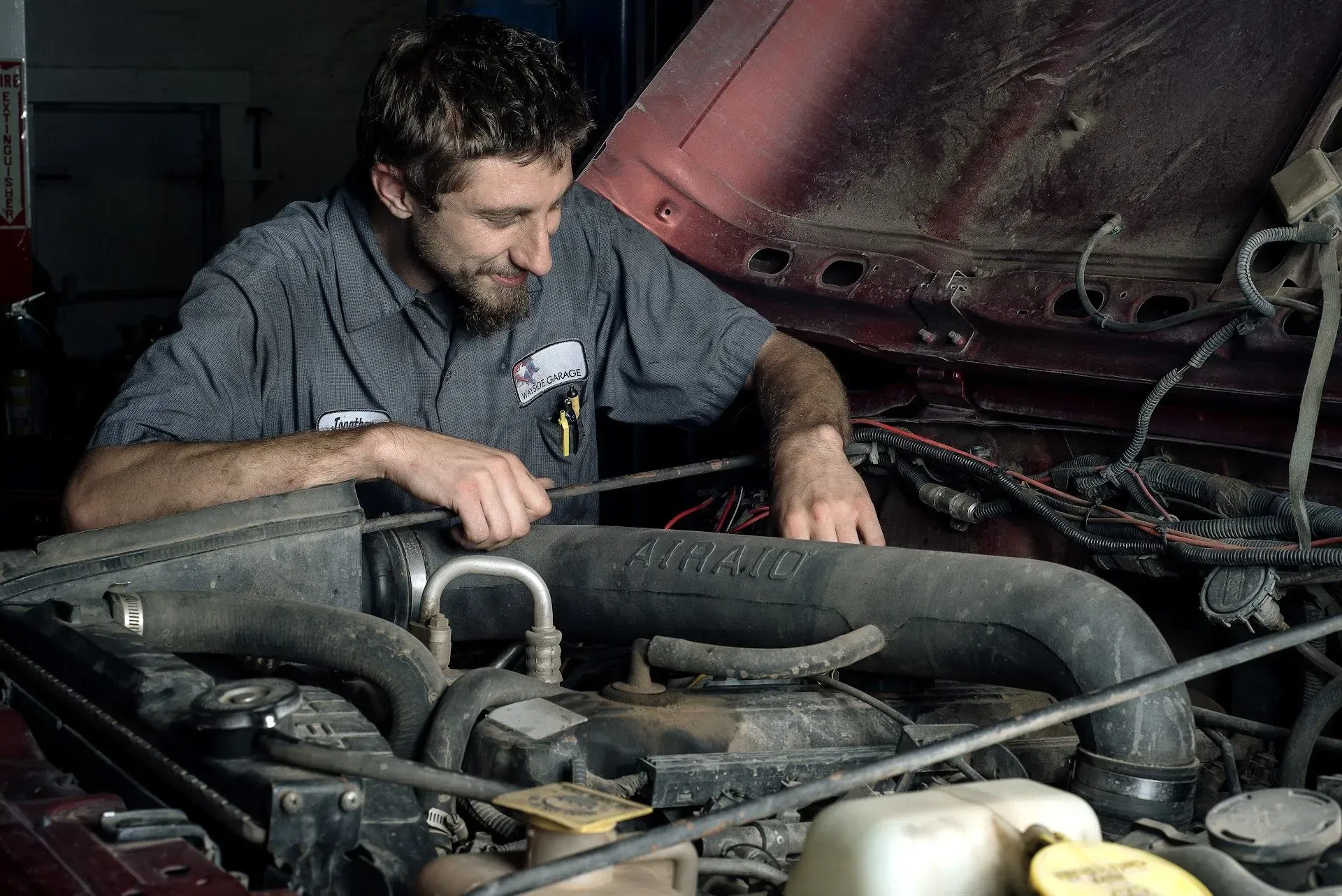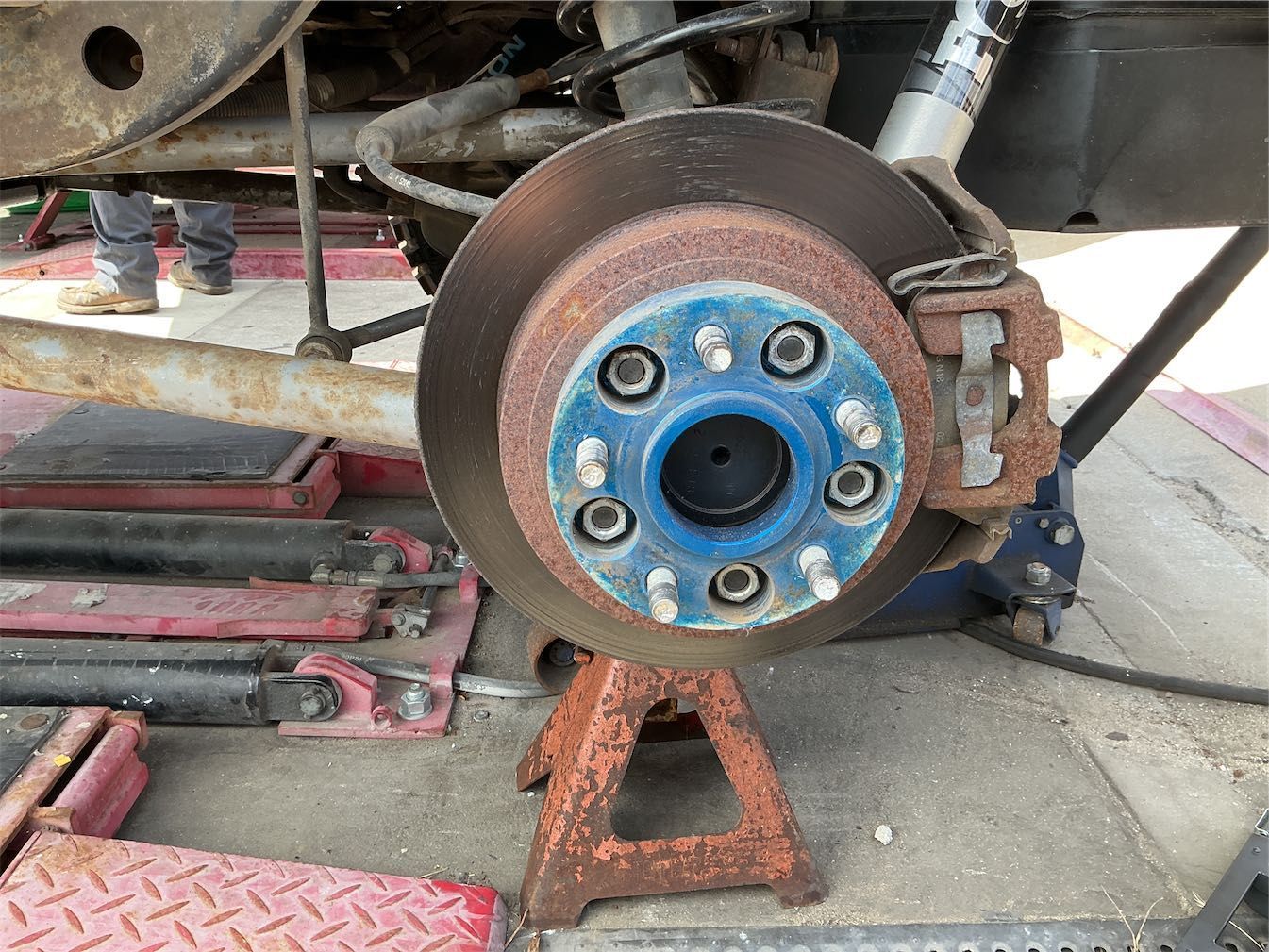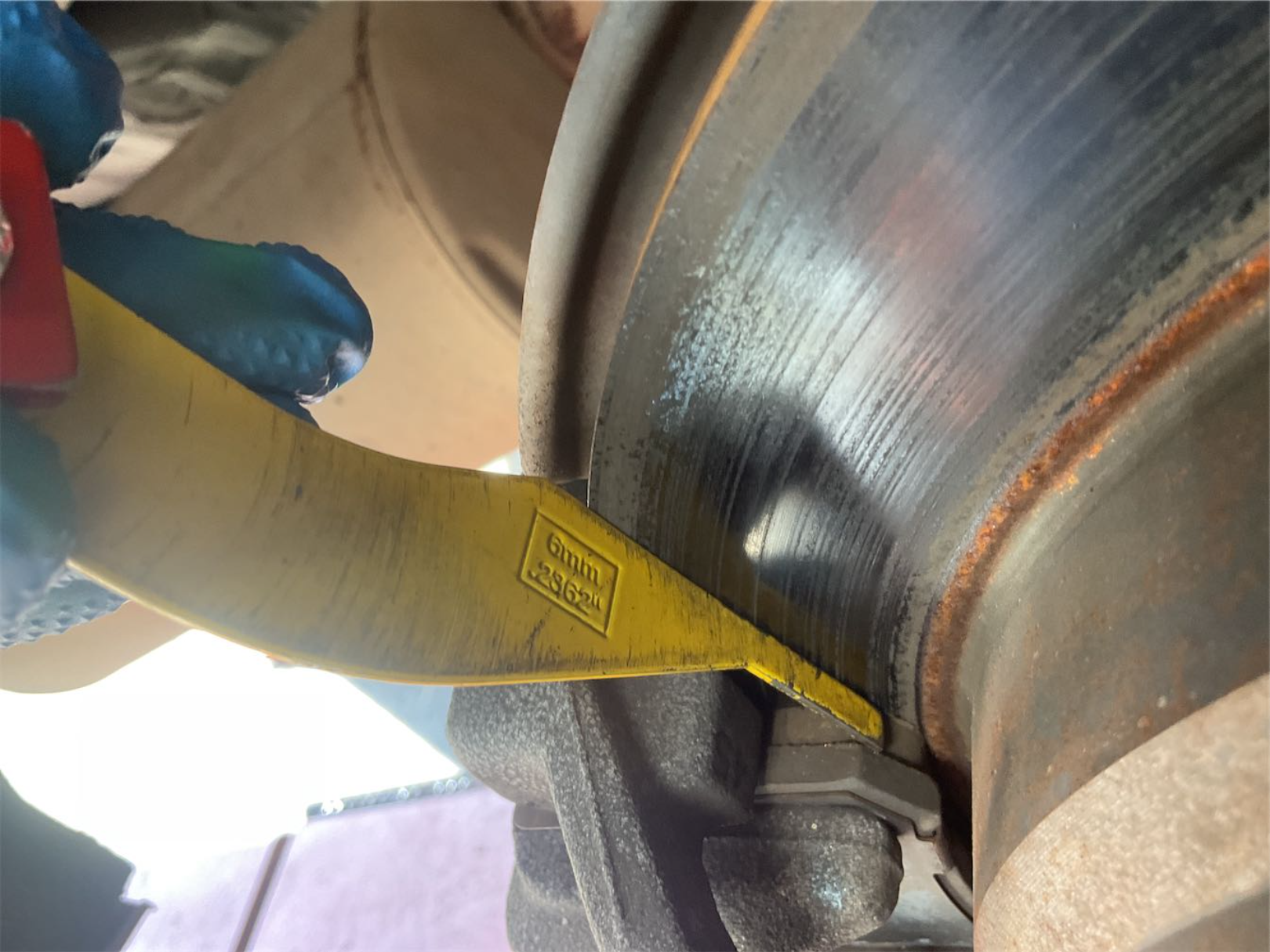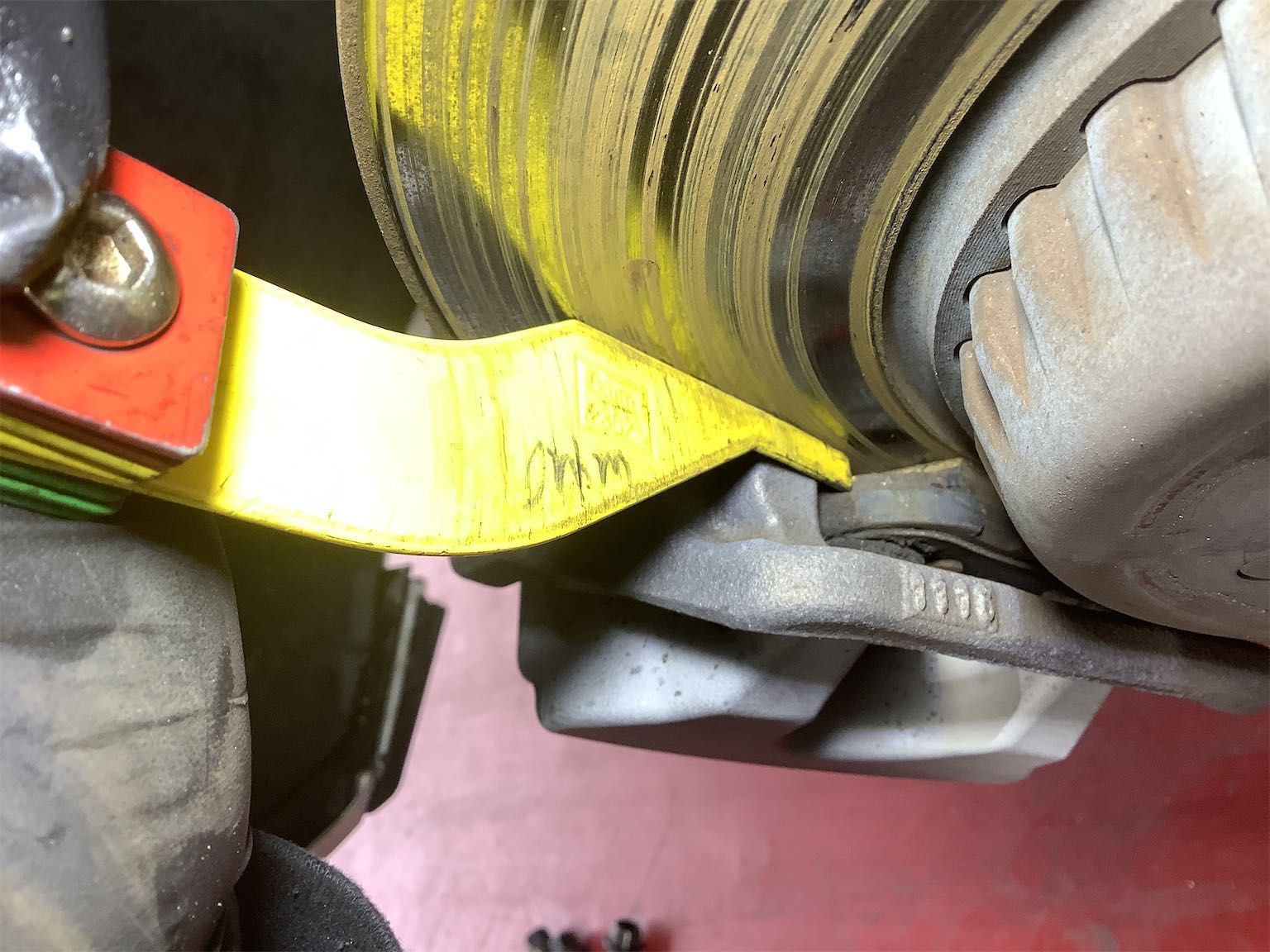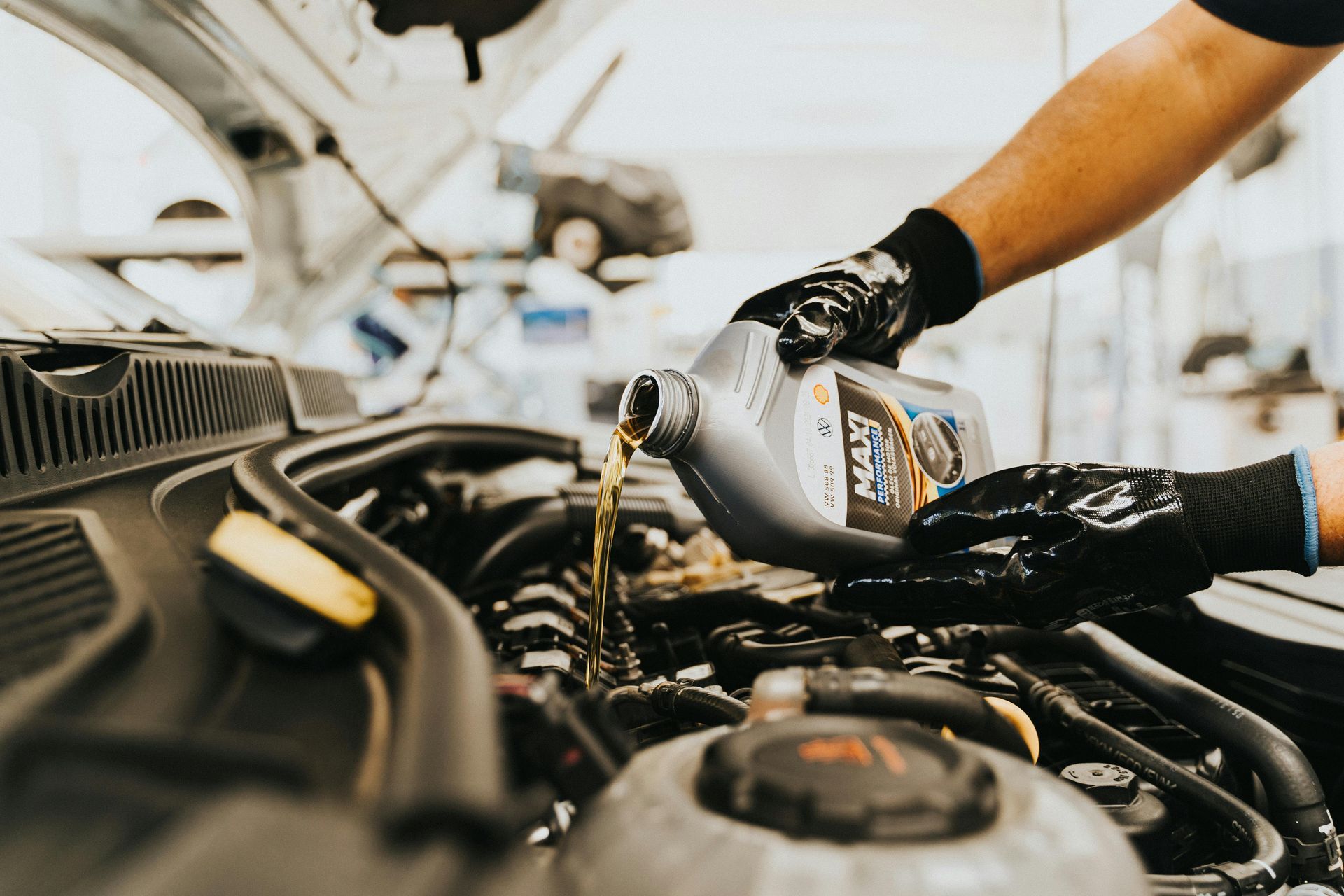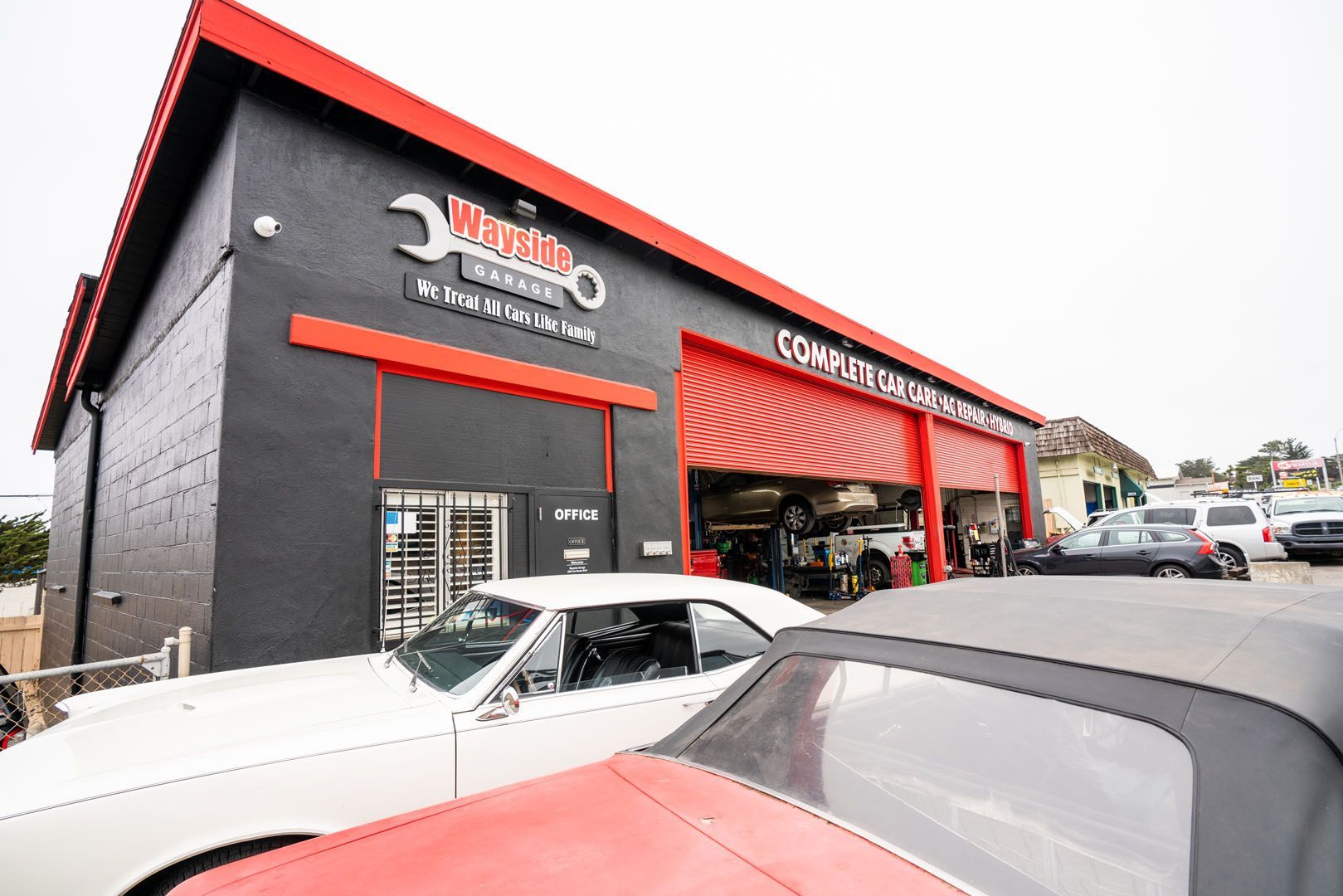Shock Absorbers
The average driver believes that shock absorbers are only meant to keep your car from bouncing up and down too much. It used to be that a simple bounce test or drive over a speed bump was a great indicator that it was time to replace the shocks or struts. The facts are shocks and struts do not wear out overnight. Shocks and struts tend to wear gradually over time.
Shocks and struts absolutely contribute to your car or truck’s ride, but they do so much more. They help your vehicle stay in control while driving and while stopping.
Most people do not realize that uneven tire wear or noisy tires can be symptoms of worn or damaged shocks or struts. Weak shocks or struts can produce a cupped or scalloped tire tread that results in uneven tire wear patches. These patches will cause a roaring or tapping noise while you drive.
Another issue that is overlooked due to weak shocks or struts is braking ability. Sounds weird, right? How do my tires affect my braking? They are two separate systems. The reality is weak shocks and struts allow the front end to dip while stopping. That added pressure creates more force which makes your car’s brakes work even harder and take longer to stop.
Finally, weak shocks and struts will cause your car or truck to sway or have that rolling feeling on turns or while driving over bumps. The main job of a shock or strut is to control the impact and vibration of your car’s springs and suspension. They are designed to reduce bottoming out, excessive lean, and soften your ride.
How do you avoid putting yourself or your family into any of these situations? Have your Certified Technician inspect your shocks and struts at each 5-month service. Monitoring the wear will allow you to know when it is time to replace them to avoid any additional, unnecessary repairs. If you are wondering if it is time to replace them, a good rule of thumb is to have them replaced every 50,000 – 100,000 miles, depending on your vehicle make and model and driving conditions. Happy driving!
